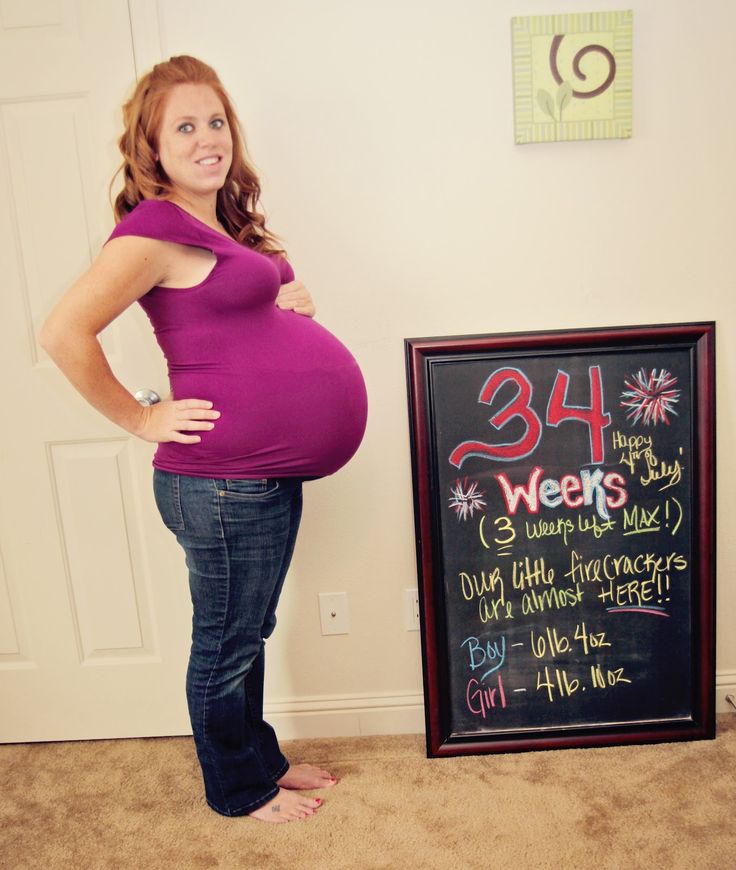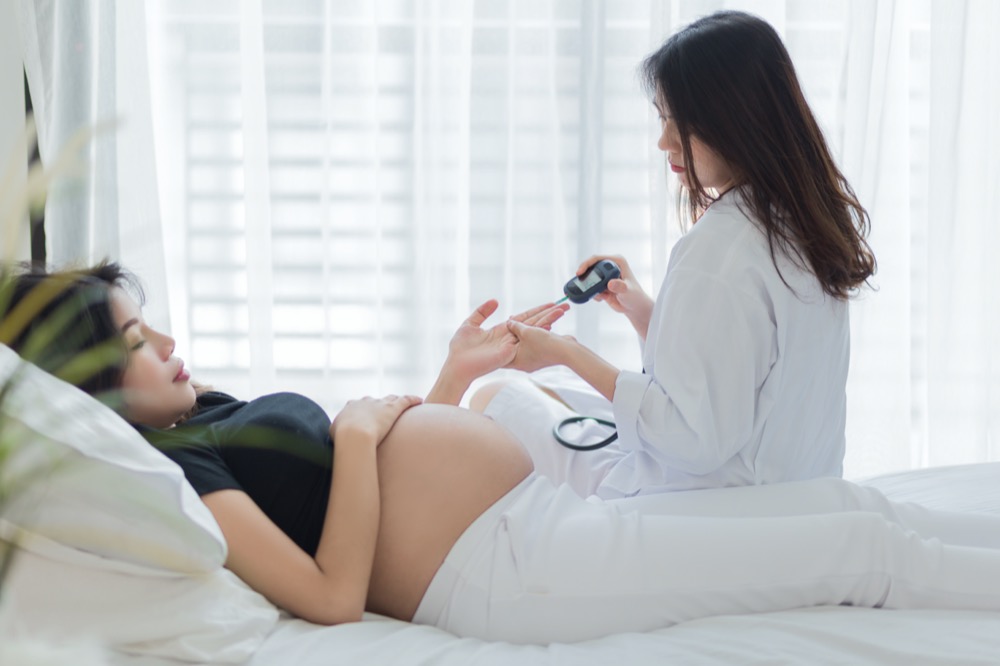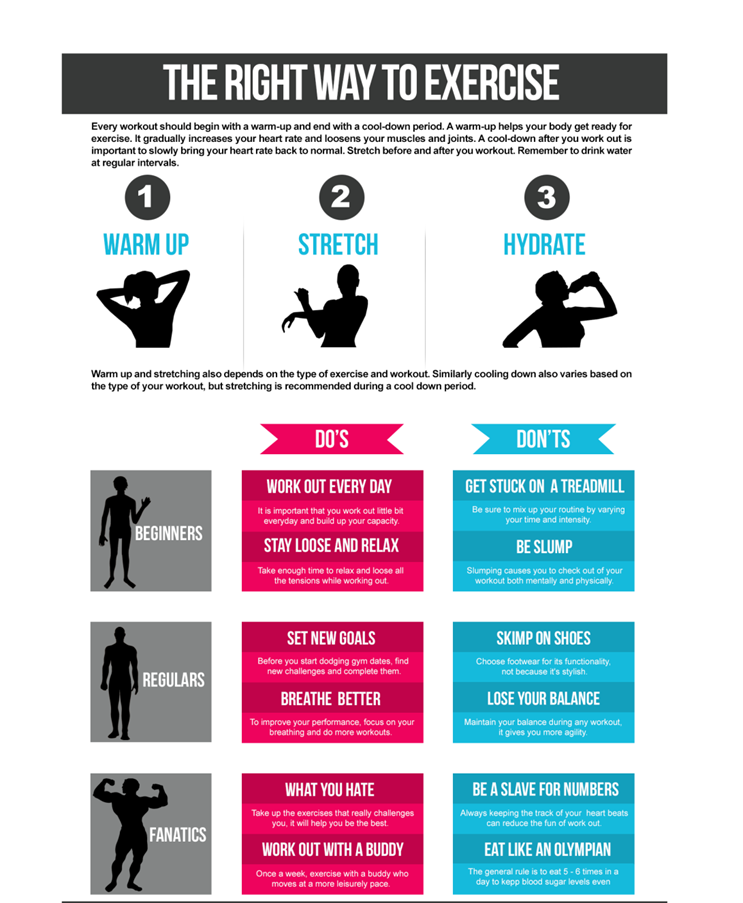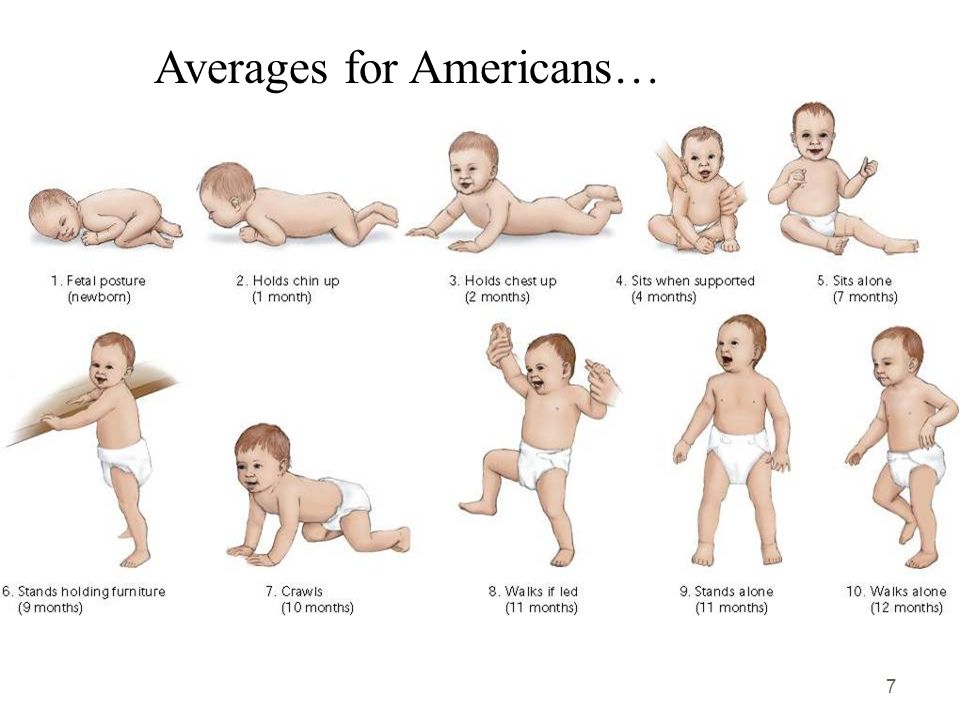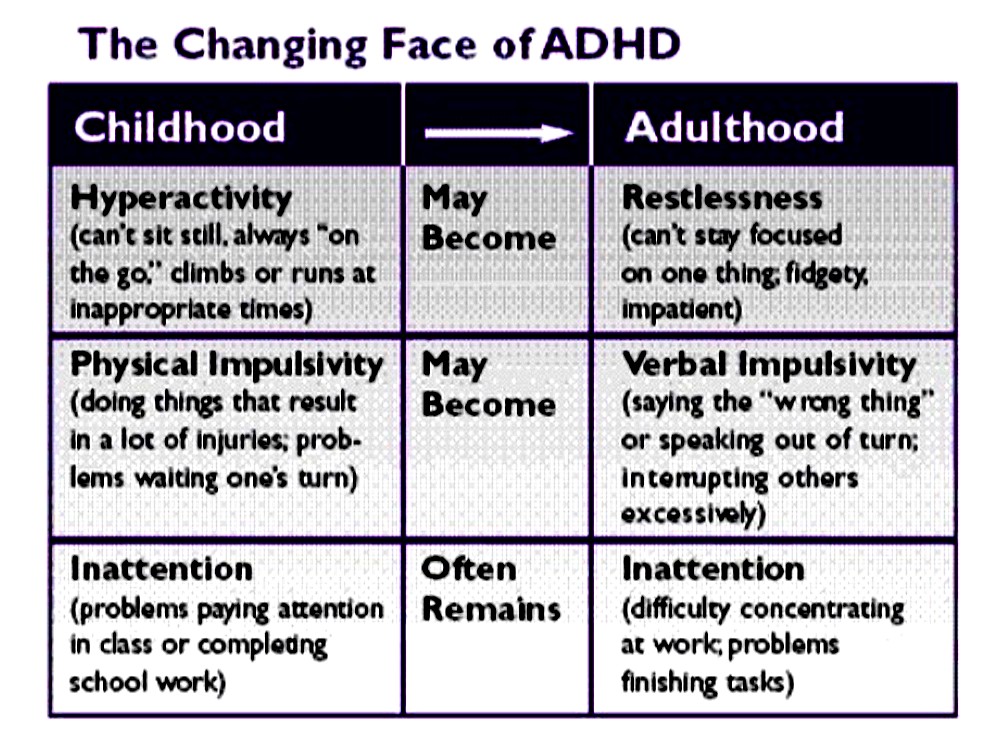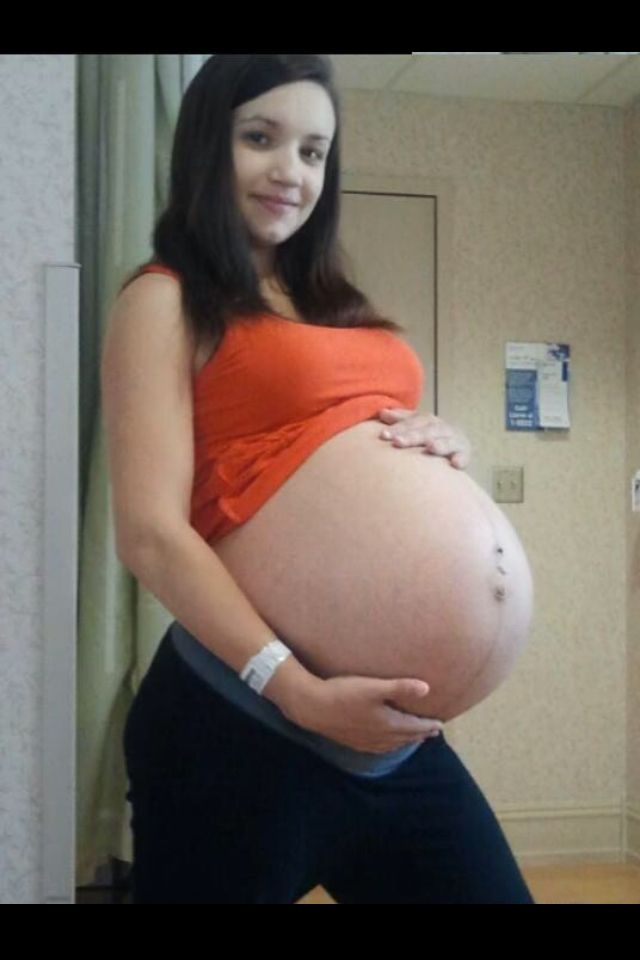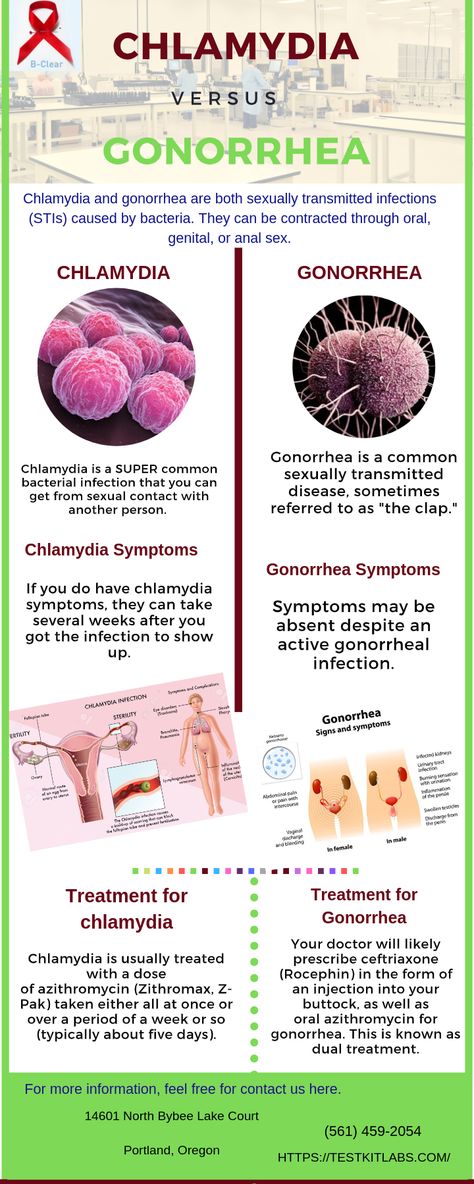Getting twins pregnancy
Factors, odds, and improving your chances
There are many myths about how to improve the odds of having twins. Although there are no proven ways to increase the likelihood of conceiving twins, there are certain factors that can make this type of pregnancy more likely.
Twins can occur either when two separate eggs become fertilized in the womb or when a single fertilized egg splits into two embryos.
Having twins is more common now than it was in the past. According to the Centers for Disease Control and Prevention (CDC), twin births have nearly doubled over the last 40 years.
A woman has a higher chance of having twins if she conceives with the assistance of fertility treatment or is aged 35 years or over. In the United States, fertility treatments account for more than one-third of twin pregnancies.
In this article, we explore why twin pregnancies occur, how common they are, and factors that can make them more likely. We also explain whether a person can increase their chance of having twins.
Doctors do not fully understand the reasons why twin pregnancies sometimes occur. However, some factors can increase the likelihood of giving birth to twins, including:
- the woman’s age
- having a family history of twins
- having fertility treatments
Conception happens when a sperm fertilizes an egg to form an embryo. However, if there are two eggs present in the womb at the time of fertilization or the fertilized egg splits into two separate embryos, a woman can become pregnant with twins.
There are two types of twin:
- Identical twins: This type of pregnancy happens when a fertilized egg splits into two separate embryos. These embryos are monozygotic, which means that they have identical genes. Identical twins are the same sex as each other and look very alike.
- Nonidentical, or fraternal, twins: This type of pregnancy occurs when there are two eggs present in the womb at the time of fertilization, and sperm fertilize both of them.
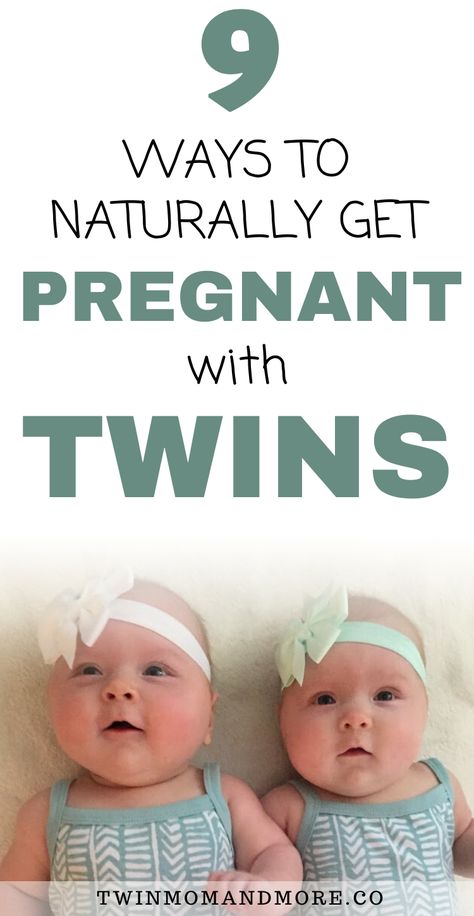 These embryos are dizygotic, which means that they do not have identical genes and may not be the same sex.
These embryos are dizygotic, which means that they do not have identical genes and may not be the same sex.
Fraternal twins are common after fertility treatment because healthcare professionals often place two fertilized embryos into a woman’s womb to increase the chances of a successful pregnancy.
Twins are relatively uncommon. According to the American Society for Reproductive Medicine (ASRM), only approximately one in 250 pregnancies results in twins.
However, the birth of twins has increased significantly alongside the rise in the use of fertility treatments and with more women choosing to have children at a later age. Since 1980, the birth rate of twins has increased by more than 75 percent.
A woman is more likely to have fraternal twins than identical twins. Identical twins account for only about one-third of multiple pregnancies.
Several factors can increase the likelihood of a woman conceiving twins. These include:
Family history
A woman has a slightly higher chance of having twins if she has a family history of twins.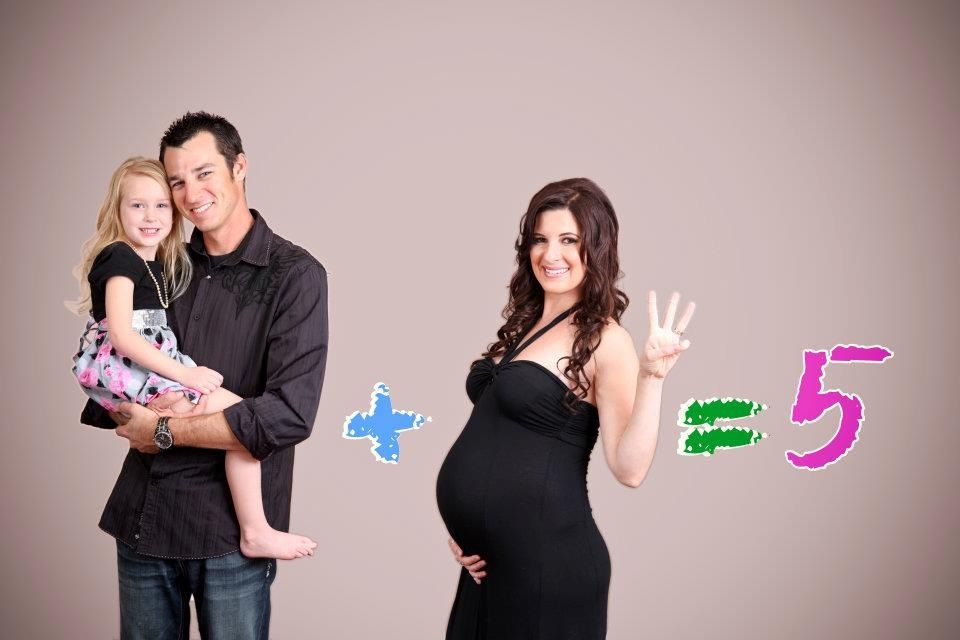 A family history of twins on the mother’s side increases this likelihood more than a family history on the father’s side. However, this only applies if conception takes place without the use of fertility treatments.
A family history of twins on the mother’s side increases this likelihood more than a family history on the father’s side. However, this only applies if conception takes place without the use of fertility treatments.
According to the ASRM, women who are themselves nonidentical twins produce twins in around 1 in every 60 births. For men who are nonidentical twins, the chance of conceiving twins is only 1 in every 125 births.
Some people believe that twins can skip a generation, meaning that a person will potentially have twins if one of their grandparents did. However, there is little evidence to support this theory.
Fertility treatment
The ASRM note that the main factor that increases the chance of having twins is the use of fertility treatments. The various types of fertility treatment available increase the likelihood of twins in different ways.
Some fertility drugs work by stimulating a woman’s ovaries, which can sometimes cause them to release more than one egg. If sperm fertilizes both of these eggs, this can result in twins.
If sperm fertilizes both of these eggs, this can result in twins.
In vitro fertilization (IVF) can also increase the chance of conceiving twins.
Healthcare professionals carry out IVF by extracting a woman’s eggs and fertilizing them with a donor’s sperm in a laboratory to produce an embryo. They then transfer the fertilized embryo into the woman’s womb.
To increase the likelihood of success, the healthcare professional may place more than one embryo into the womb. Twins can occur if both embryos implant and develop successfully.
Multiple pregnancies carry additional risks, so the healthcare professional will usually limit the number of embryos that they transfer to the woman’s womb to reduce the chance of a pregnancy with twins, triplets, or more.
Age
According to the Office on Women’s Health, women who are aged 30 years or older are more likely to conceive twins. The reason for this is that women of this age are more likely than younger women to release more than one egg during their reproductive cycle.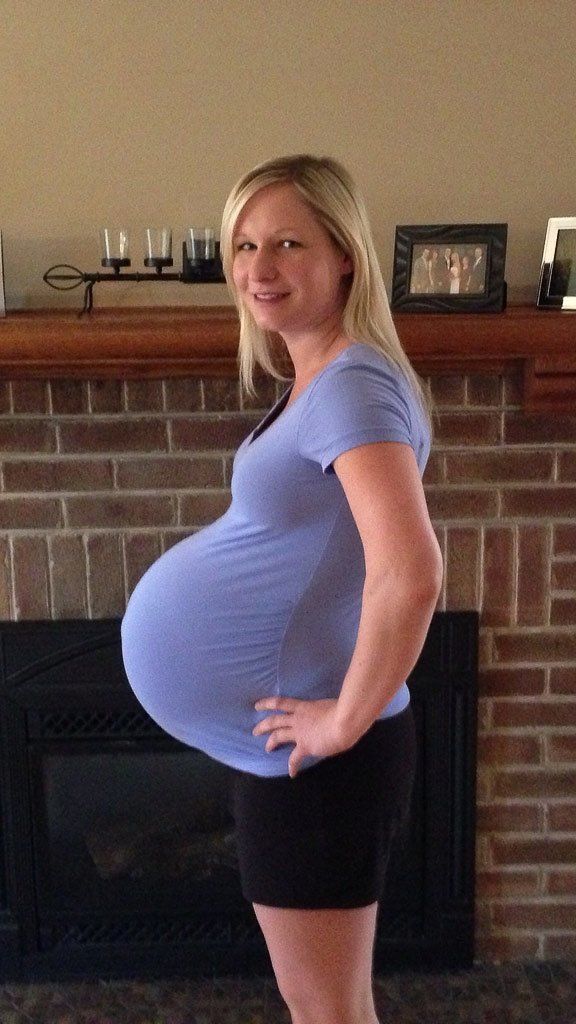 If sperm fertilizes two separate eggs, a twin pregnancy can occur.
If sperm fertilizes two separate eggs, a twin pregnancy can occur.
Height and weight
The ASRM report that nonidentical twins are slightly more common in taller or heavier women than they are in small women. The reasons for this are not clear, but it may be due to better nutrition. Women with a higher body weight may have more resources available for a developing fetus.
Racial background
In the U.S., Hispanic women are less likely to have twins than non-Hispanic white women or black women, according to the ASRM.
Share on PinterestFertility treatments can increase the chance of having twins.
There are many unproven claims about how to increase the likelihood of conceiving twins. Some people advise following specific diets or using certain alternative therapies, but there is no scientific evidence to support these methods.
Fertility treatments, particularly IVF and ovary stimulants, do increase the chances of having twins. However, a twin pregnancy is riskier for both the woman and the developing fetuses.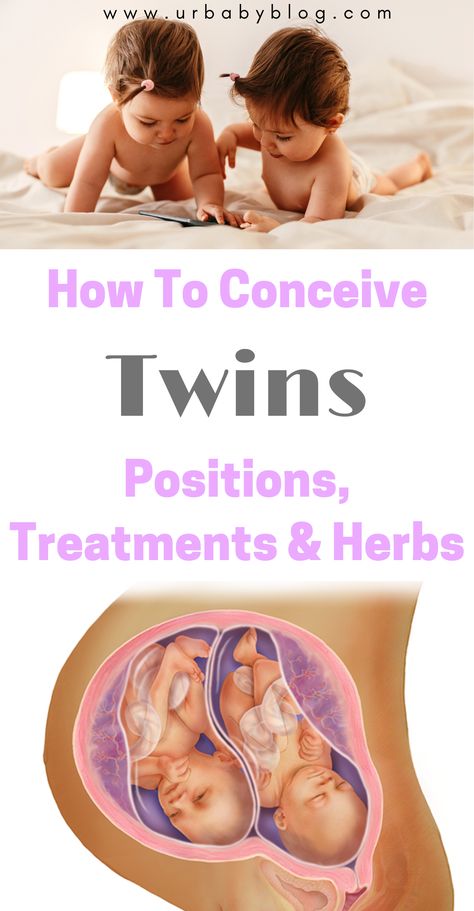 For this reason, some fertility clinics advise against implanting multiple embryos during IVF treatment.
For this reason, some fertility clinics advise against implanting multiple embryos during IVF treatment.
The CDC recommend that younger women who are having their first fertility treatment select just one embryo for transfer to their womb.
As the success of fertility treatment is improving, there is often less need to transfer more than one embryo. In the U.S., the number of IVF treatments involving the transfer of three or four embryos decreased significantly between 2007 and 2016. Transferring just one or two embryos reduces the likelihood of a multiple pregnancy.
A twin pregnancy increases the risk of:
- premature birth
- low birth weight
- stillbirth
- disabilities at birth and congenital health conditions, such as cerebral palsy and autism
- preeclampsia
- diabetes during pregnancy
- cesarean delivery
- needing bed rest while pregnant
Although certain factors increase the chance of having twins, there is no way to improve the odds of having twins naturally.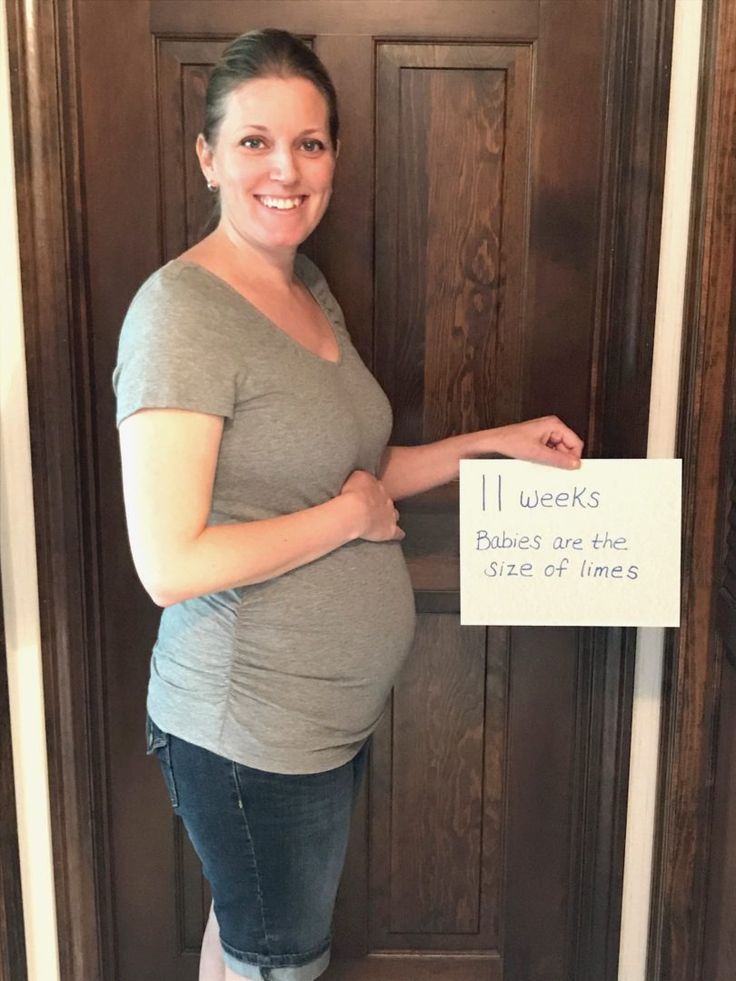 A woman will usually find out that she is pregnant with twins from an ultrasound early on in the pregnancy.
A woman will usually find out that she is pregnant with twins from an ultrasound early on in the pregnancy.
Some symptoms may indicate a twin pregnancy, including more intense morning sickness and very rapid weight gain. Regular medical appointments will improve the chances of a healthy pregnancy.
Factors, odds, and improving your chances
There are many myths about how to improve the odds of having twins. Although there are no proven ways to increase the likelihood of conceiving twins, there are certain factors that can make this type of pregnancy more likely.
Twins can occur either when two separate eggs become fertilized in the womb or when a single fertilized egg splits into two embryos.
Having twins is more common now than it was in the past. According to the Centers for Disease Control and Prevention (CDC), twin births have nearly doubled over the last 40 years.
A woman has a higher chance of having twins if she conceives with the assistance of fertility treatment or is aged 35 years or over. In the United States, fertility treatments account for more than one-third of twin pregnancies.
In the United States, fertility treatments account for more than one-third of twin pregnancies.
In this article, we explore why twin pregnancies occur, how common they are, and factors that can make them more likely. We also explain whether a person can increase their chance of having twins.
Share on PinterestA woman may be more likely to have twins, depending on age, family history, and fertility treatments.Doctors do not fully understand the reasons why twin pregnancies sometimes occur. However, some factors can increase the likelihood of giving birth to twins, including:
- the woman’s age
- having a family history of twins
- having fertility treatments
Conception happens when a sperm fertilizes an egg to form an embryo. However, if there are two eggs present in the womb at the time of fertilization or the fertilized egg splits into two separate embryos, a woman can become pregnant with twins.
There are two types of twin:
- Identical twins: This type of pregnancy happens when a fertilized egg splits into two separate embryos.
 These embryos are monozygotic, which means that they have identical genes. Identical twins are the same sex as each other and look very alike.
These embryos are monozygotic, which means that they have identical genes. Identical twins are the same sex as each other and look very alike. - Nonidentical, or fraternal, twins: This type of pregnancy occurs when there are two eggs present in the womb at the time of fertilization, and sperm fertilize both of them. These embryos are dizygotic, which means that they do not have identical genes and may not be the same sex.
Fraternal twins are common after fertility treatment because healthcare professionals often place two fertilized embryos into a woman’s womb to increase the chances of a successful pregnancy.
Twins are relatively uncommon. According to the American Society for Reproductive Medicine (ASRM), only approximately one in 250 pregnancies results in twins.
However, the birth of twins has increased significantly alongside the rise in the use of fertility treatments and with more women choosing to have children at a later age. Since 1980, the birth rate of twins has increased by more than 75 percent.
A woman is more likely to have fraternal twins than identical twins. Identical twins account for only about one-third of multiple pregnancies.
Several factors can increase the likelihood of a woman conceiving twins. These include:
Family history
A woman has a slightly higher chance of having twins if she has a family history of twins. A family history of twins on the mother’s side increases this likelihood more than a family history on the father’s side. However, this only applies if conception takes place without the use of fertility treatments.
According to the ASRM, women who are themselves nonidentical twins produce twins in around 1 in every 60 births. For men who are nonidentical twins, the chance of conceiving twins is only 1 in every 125 births.
Some people believe that twins can skip a generation, meaning that a person will potentially have twins if one of their grandparents did. However, there is little evidence to support this theory.
Fertility treatment
The ASRM note that the main factor that increases the chance of having twins is the use of fertility treatments. The various types of fertility treatment available increase the likelihood of twins in different ways.
The various types of fertility treatment available increase the likelihood of twins in different ways.
Some fertility drugs work by stimulating a woman’s ovaries, which can sometimes cause them to release more than one egg. If sperm fertilizes both of these eggs, this can result in twins.
In vitro fertilization (IVF) can also increase the chance of conceiving twins.
Healthcare professionals carry out IVF by extracting a woman’s eggs and fertilizing them with a donor’s sperm in a laboratory to produce an embryo. They then transfer the fertilized embryo into the woman’s womb.
To increase the likelihood of success, the healthcare professional may place more than one embryo into the womb. Twins can occur if both embryos implant and develop successfully.
Multiple pregnancies carry additional risks, so the healthcare professional will usually limit the number of embryos that they transfer to the woman’s womb to reduce the chance of a pregnancy with twins, triplets, or more.
Age
According to the Office on Women’s Health, women who are aged 30 years or older are more likely to conceive twins. The reason for this is that women of this age are more likely than younger women to release more than one egg during their reproductive cycle. If sperm fertilizes two separate eggs, a twin pregnancy can occur.
Height and weight
The ASRM report that nonidentical twins are slightly more common in taller or heavier women than they are in small women. The reasons for this are not clear, but it may be due to better nutrition. Women with a higher body weight may have more resources available for a developing fetus.
Racial background
In the U.S., Hispanic women are less likely to have twins than non-Hispanic white women or black women, according to the ASRM.
Share on PinterestFertility treatments can increase the chance of having twins.
There are many unproven claims about how to increase the likelihood of conceiving twins. Some people advise following specific diets or using certain alternative therapies, but there is no scientific evidence to support these methods.
Some people advise following specific diets or using certain alternative therapies, but there is no scientific evidence to support these methods.
Fertility treatments, particularly IVF and ovary stimulants, do increase the chances of having twins. However, a twin pregnancy is riskier for both the woman and the developing fetuses. For this reason, some fertility clinics advise against implanting multiple embryos during IVF treatment.
The CDC recommend that younger women who are having their first fertility treatment select just one embryo for transfer to their womb.
As the success of fertility treatment is improving, there is often less need to transfer more than one embryo. In the U.S., the number of IVF treatments involving the transfer of three or four embryos decreased significantly between 2007 and 2016. Transferring just one or two embryos reduces the likelihood of a multiple pregnancy.
A twin pregnancy increases the risk of:
- premature birth
- low birth weight
- stillbirth
- disabilities at birth and congenital health conditions, such as cerebral palsy and autism
- preeclampsia
- diabetes during pregnancy
- cesarean delivery
- needing bed rest while pregnant
Although certain factors increase the chance of having twins, there is no way to improve the odds of having twins naturally.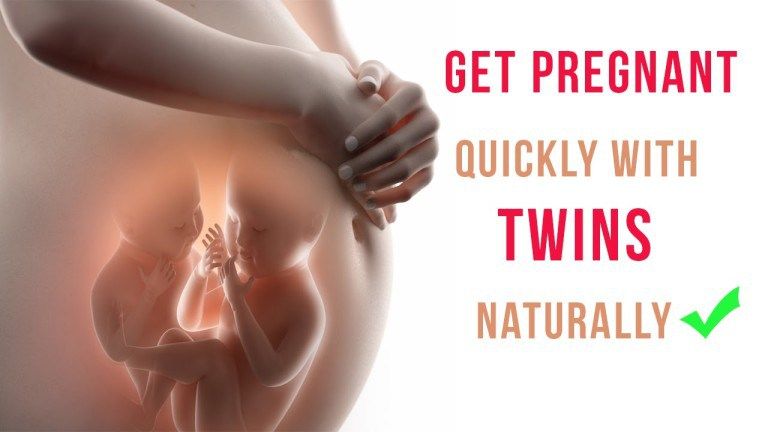 A woman will usually find out that she is pregnant with twins from an ultrasound early on in the pregnancy.
A woman will usually find out that she is pregnant with twins from an ultrasound early on in the pregnancy.
Some symptoms may indicate a twin pregnancy, including more intense morning sickness and very rapid weight gain. Regular medical appointments will improve the chances of a healthy pregnancy.
articles from the specialists of the clinic "Mother and Child"
Arifullina Claudia Viktorovna
Gastroenterologist
Clinical Hospital "AVICENNA" GC "Mother and Child"
There is data on the frequency of twins in case of anomalies in the development of the uterus, characterized by its bifurcation (bicornuate uterus, having a septum in the cavity, etc.). The cause of polyembryony may be the separation of blastomeres (in the early stages of crushing), resulting from hypoxia, cooling, acidity and ionic composition of the medium, exposure to toxic and other factors. Multiple pregnancy can occur: as a result of the fertilization of two or more simultaneously mature eggs, as well as the development of two or more embryos from one fertilized egg.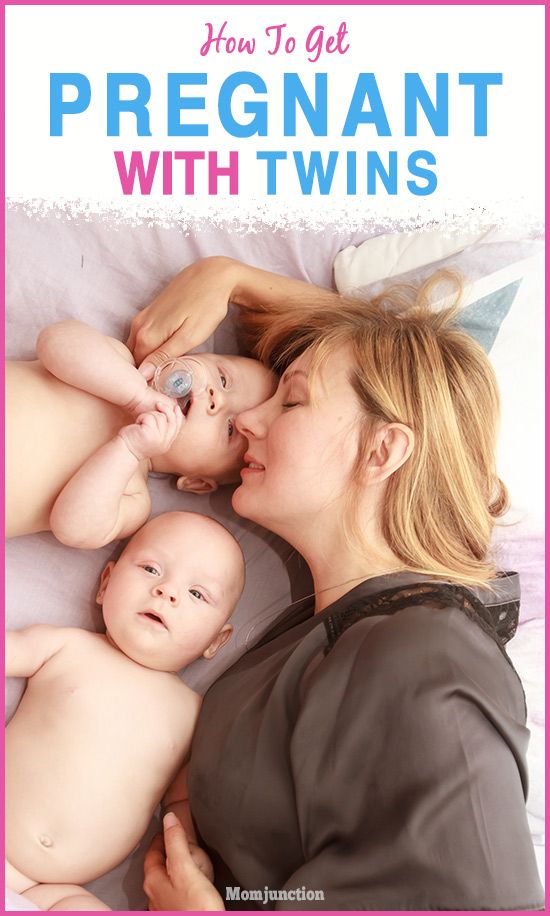
Twins formed from two (three, etc.) eggs are called dizygotic (polyzygotic), those arising from one are called identical. The origin of fraternal twins (polyzygotic twins): the simultaneous maturation (and ovulation) of two or more follicles in one ovary is possible. There may be maturation of two or more follicles and ovulation in both ovaries.
A third way of the origin of fraternal (multi-ovular) twins is possible - the fertilization of two or more eggs that have matured in one follicle. The origin of identical twins: most often, the occurrence of identical twins is associated with the fertilization of an egg that has two or more nuclei. a single embryonic germ in the stage of crushing is divided into two parts; from each part an embryo (fruit) is formed. Twin twin. Fertilized eggs develop on their own. After penetration into the mucous membrane, each embryo develops its own aqueous and fleecy membranes; in the future, each twin forms its own placenta with an independent network of vessels, each fetal egg, except for the chorion and amnion, has an independent capsular membrane (decidua capsularis). In some cases, anastomoses are formed between the vessels of independent placentas. Twins can be same-sex (both boys or both girls) or different-sex (boy and girl). Their blood type can be the same or different. Identical twin. Identical twins have a common capsular and fleecy membrane and a common placenta; the vessels (both arterial and venous) of both twins in the placenta communicate with the help of numerous anastomoses. The water membrane of each twin is separate, the septum between the fetal sacs consists of two water membranes (biamniotic twins).
In some cases, anastomoses are formed between the vessels of independent placentas. Twins can be same-sex (both boys or both girls) or different-sex (boy and girl). Their blood type can be the same or different. Identical twin. Identical twins have a common capsular and fleecy membrane and a common placenta; the vessels (both arterial and venous) of both twins in the placenta communicate with the help of numerous anastomoses. The water membrane of each twin is separate, the septum between the fetal sacs consists of two water membranes (biamniotic twins).
Identical twins always belong to the same sex (both boys or both girls), look alike, have the same blood type.
In fraternal twins, the membranes in the septum are arranged as follows: amnion - chorion, chorion - amnion; with monozygotic amnion-amnion.
Important signs for the diagnosis are: blood type (and other blood factors), eye color, hair color, skin texture of the fingertips, shape and location of teeth. In identical twins, these signs are completely the same. Fraternal twins share the same similarities as normal siblings.
In identical twins, these signs are completely the same. Fraternal twins share the same similarities as normal siblings.
MULTIPLE PREGNANCY
With multiple pregnancy, increased demands are made on the woman's body: the cardiovascular system, lungs, liver, nights and other organs function with great stress. In this regard, multiple pregnancies are more difficult than single pregnancies.
- Pregnant women often complain of fatigue and shortness of breath, which increases towards the end of pregnancy. The cause of shortness of breath is a difficulty in the activity of the heart due to a significant displacement of the diaphragm by the bottom of the uterus, the size of which is larger in multiple pregnancy than in singleton.
- Often there is a dilation of the veins of the lower extremities. By the end of pregnancy, there is often an increase in the urge to urinate due to the pressure of a large fetus on the bladder.

- Pregnant women often complain of heartburn and constipation.
- In multiple pregnancies, toxicosis occurs more often than in singleton pregnancies: vomiting, salivation, edema, nephropathy, eclampsia.
- With twins, polyhydramnios of one of the fetuses is often found, which leads to a sharp increase and hyperextension of the uterus, shortness of breath, tachycardia and other disorders. Polyhydramnios is more common in one of the identical twins. In some cases, the polyhydramnios of one twin is accompanied by an oligohydramnios of the other fetus.
- Premature termination of multiple pregnancies often occurs.
- With twins, preterm birth occurs in at least 25% of women.
- Prematurity is more common in triplets than in twins. The greater the number of gestated fetuses, the more often preterm births are observed.
- Development of term twins is normal in most cases. However, their body weight is usually less than that of single fetuses.
 Often there is a difference in body weight of twins by 200-300 g, and sometimes more.
Often there is a difference in body weight of twins by 200-300 g, and sometimes more. - Uneven development of twins is associated with unequal intake of nutrients from a single placental circulation.
- Often there is a difference not only in weight, but also in the length of the body of the twins. In connection with this, the theory of supergenesis (superfoetatio) was put forward. Proponents of this hypothesis believe that fertilization of eggs of different ovulation periods is possible, i.e., the onset of a new pregnancy in the presence of an already existing, previously occurring, pregnancy.
- Due to the uneven delivery of nutrients and oxygen, a significant developmental disorder and even death of one of the twins can occur. This is more commonly seen in identical twins. The dead fetus is squeezed by the second, well-growing fetus, the amniotic fluid is absorbed, the placenta undergoes regression. The compressed mummified fetus ("paper fetus") is released from the uterus along with the placenta after the birth of a live twin.
 Polyhydramnios of one fetus, which occurs during multiple pregnancies, often also prevents the other twin from developing correctly. With pronounced polyhydramnios, certain anomalies in the development of the fetus, which grows with an excess of amniotic fluid, are often observed. Rarely, fused twins are born (fusion can be in the head, chest, abdomen, pelvis) and twins with other malformations.
Polyhydramnios of one fetus, which occurs during multiple pregnancies, often also prevents the other twin from developing correctly. With pronounced polyhydramnios, certain anomalies in the development of the fetus, which grows with an excess of amniotic fluid, are often observed. Rarely, fused twins are born (fusion can be in the head, chest, abdomen, pelvis) and twins with other malformations. - The position of the fetus in the uterine cavity in most cases (about 90%) is normal. In the longitudinal position, different presentation options are observed: both fetuses are presented with the head, both with the pelvic end, one with the head, and the other with the pelvic end. With longitudinal presentation, one fetus may be behind the other, which makes diagnosis difficult. Less commonly observed is the longitudinal position of one fetus and the transverse position of the other. The most rare is the transverse position of both twins.
- Position of the twins in the uterus, both fetuses are presented with the head, one fetus is presented with the head, the second - with the pelvic end, both fetuses are in the transverse position
- In case of multiple pregnancies, women are taken to a special account and carefully monitored.
 When the earliest signs of complications appear, the pregnant woman is sent to the pregnancy pathology department of the maternity hospital. Given the frequent occurrence of preterm birth, it is recommended that a pregnant woman with twins be sent to the maternity hospital 2 to 3 weeks before delivery, even in the absence of complications.
When the earliest signs of complications appear, the pregnant woman is sent to the pregnancy pathology department of the maternity hospital. Given the frequent occurrence of preterm birth, it is recommended that a pregnant woman with twins be sent to the maternity hospital 2 to 3 weeks before delivery, even in the absence of complications.
RECOGNITION OF MULTIPLE PREGNANCY
Diagnosis of multiple pregnancy often presents significant difficulties, especially in its first half. In the second half, towards the end of pregnancy, the recognition of twins (triplets) is facilitated. However, diagnostic errors occur during the study at the end of pregnancy and even during childbirth.
When recognizing a multiple pregnancy, the following signs are taken into account:
- The enlargement of the uterus in multiple pregnancy occurs faster than in pregnancy with one fetus, so the size of the uterus does not correspond to the gestational age.
 The bottom of the uterus is usually high, especially at the end of pregnancy, the circumference of the abdomen during this period reaches 100-110 cm or more.
The bottom of the uterus is usually high, especially at the end of pregnancy, the circumference of the abdomen during this period reaches 100-110 cm or more. - The following signs are unstable and not sufficiently reliable: a) deepening of the uterine fundus (saddle uterus), the formation of which is associated with protrusion of the corners of the uterus with large parts of the fetus; b) the presence of a longitudinal depression on the anterior wall of the uterus, which is formed as a result of the fruits that are in a longitudinal position adjacent to each other; c) the presence of a horizontal groove on the anterior wall of the uterus with the transverse position of the fetus.
- The small size of the presenting head with a significant volume of the pregnant uterus and the high standing of its bottom also make it possible to suspect a multiple pregnancy. The presence of this sign is explained by the fact that the study determines the head of one and the pelvic end (in the bottom of the uterus) of another fetus, which lies slightly higher.
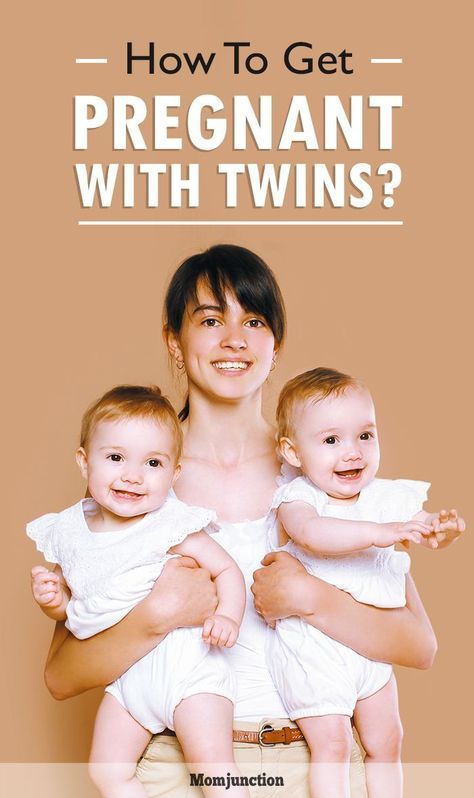
- Feeling the movement of the fetus in different places and probing parts of the fetus in different parts of the abdomen (both on the right and on the left) also indicate multiple pregnancies.
Make an appointment
to the doctor - Arifullina Claudia Viktorovna
Clinical Hospital "AVICENNA" GC "Mother and Child"
GastroenterologyPediatric Gastroenterology
By clicking on the send button, I consent to the processing of personal data
Attention! Prices for services in different clinics may vary. To clarify the current cost, select the clinic
The administration of the clinic takes all measures to update the prices for programs in a timely manner, however, in order to avoid possible misunderstandings, we recommend that you check the cost of services by phone / with the managers of the clinic
Clinical Hospital "AVICENNA" Group of Companies "Mother and Child" Novosibirsk Center for Reproductive Medicine
All directionsGynecological proceduresSpecialist consultations (adults)Specialist consultations (children)Laboratory of molecular geneticsGeneral clinical examinationsProcedural roomTherapeutic examinationsUltrasound examinations for adults
.
Gynecological procedures
02.
Consultations of specialists (adults)
03.
Consultations of specialists (children's)
04.
Laboratory of molecular genetics
05.
General clinical studies
06 06.
Treatment Room
07.
Therapeutic Research
08.
Adult Ultrasound
Nothing found
The administration of the clinic takes all measures to update the price list posted on the website in a timely manner, however, in order to avoid possible misunderstandings, we advise you to clarify the cost of services and the timing of the tests by calling
How is the pregnancy of twins | gently sloping booth "Leleka"
Before describing the course of multiple pregnancy, it should be noted that the course of pregnancy has individual characteristics for each woman. There are no universal recommendations that would suit absolutely all pregnant women with one fetus or with several. Therefore, in this article we have tried to describe the general points that are most common, and which should be paid attention to the expectant mother.
Therefore, in this article we have tried to describe the general points that are most common, and which should be paid attention to the expectant mother.
How to detect twin pregnancy
Thanks to modern diagnostic methods, multiple pregnancy can be detected at an early stage. First, a doctor can diagnose twins during a routine examination - by noting the rapid increase in the size of the uterus or by hearing a double heartbeat. An experienced specialist can diagnose twins after 4 weeks of pregnancy. Secondly, twins are diagnosed during an ultrasound examination. This usually happens after 12 weeks. Prior to this, the expectant mother can only assume that she is carrying twins - for example, based on family history and the frequent occurrence of twins in the family. Blood tests are not yet a reliable way to determine twins.
How twin pregnancy proceeds
All stages of fetal development in a multiple pregnancy occur at the same time as in a single fetus.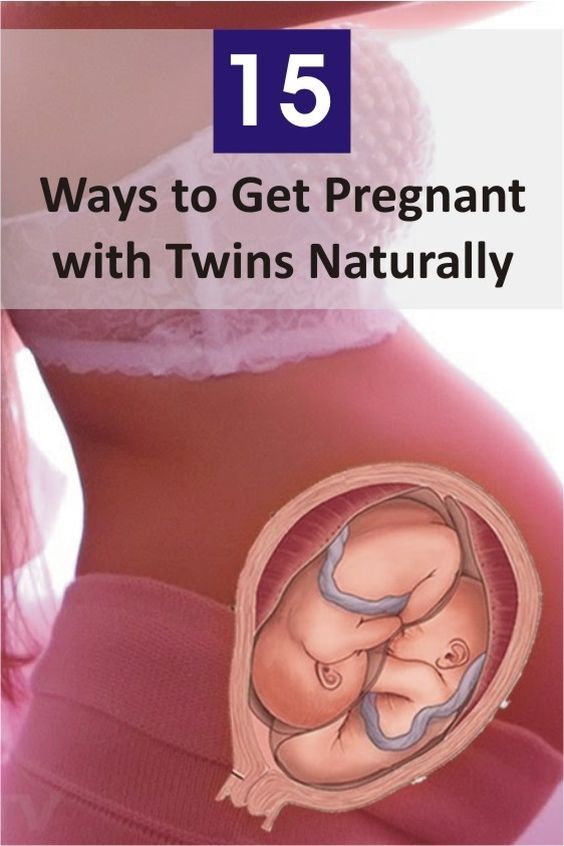 Therefore, the expectant mother can focus on the usual calendar for pregnant women. There are two main risks that a woman must take into account: this is the burden on the mother's body and the increased likelihood of complications.
Therefore, the expectant mother can focus on the usual calendar for pregnant women. There are two main risks that a woman must take into account: this is the burden on the mother's body and the increased likelihood of complications.
Great burden on the mother's body
Two fetuses develop in a woman's body at once. They require more oxygen, more nutrients, their vital activity leads to an increased load on the excretory system. Any infection or pathology immediately creates a risk for three at once: for the mother and for the second fetus.
Therefore, during multiple pregnancy, it is especially important for a woman to walk a lot in the fresh air, eat right and regularly, monitor body hygiene, and consult a doctor at the first alarming signs.
Increased likelihood of complications
Alas, not all women can bear two children normally. Approximately in the fifth part, the involution of the second fetal egg occurs: even in the first trimester, it freezes and decreases in size, while the second fetus continues to develop.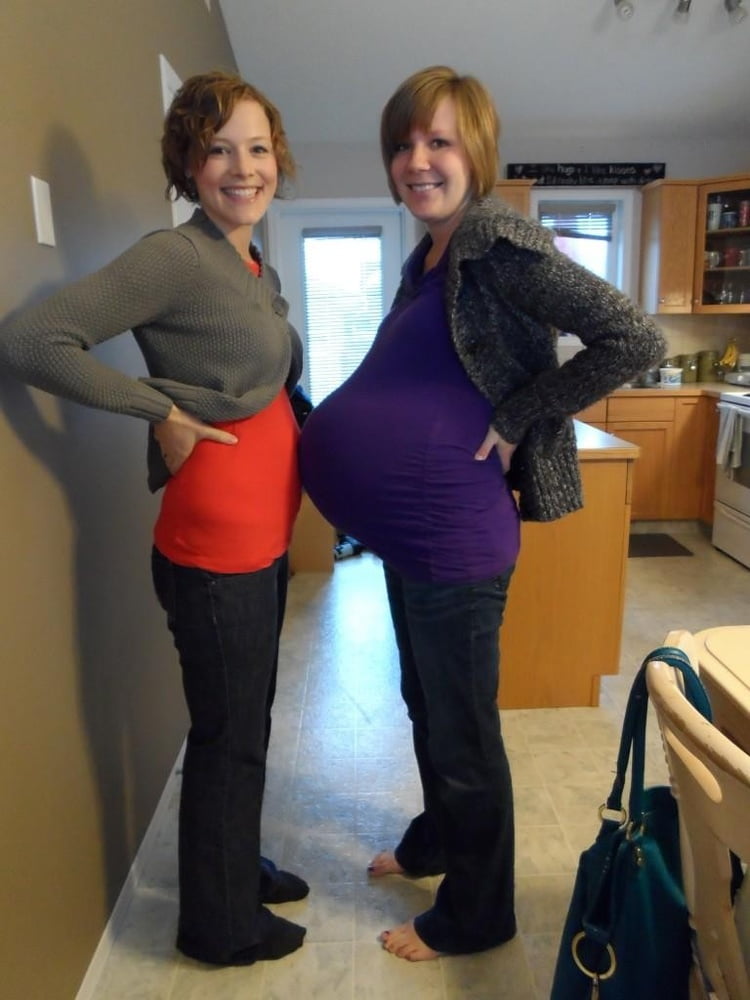
If both fetuses develop evenly, the difficulties do not end there. Due to the lack of iron in the mother's body, anemia, or anemia, can develop. Therefore, in multiple pregnancies, iron preparations are often prescribed.
Due to the large weight of the abdomen in the later stages, placenta or fetal previa may form. The placenta blocks the exit from the uterus, or the position of the fetus makes natural childbirth impossible. In these cases, resort to caesarean section.
Premature aging of the placenta and premature birth - due to the fact that the placenta has to provide oxygen and nutrients to two fetuses at once, it quickly wears out and ages. Because of this, and also because of a number of similar reasons, premature birth can begin. To reduce the risk of preterm labor, pregnant women may be prescribed drugs that relax the muscles.
Is it necessary to have a caesarean section during pregnancy with twins
No.